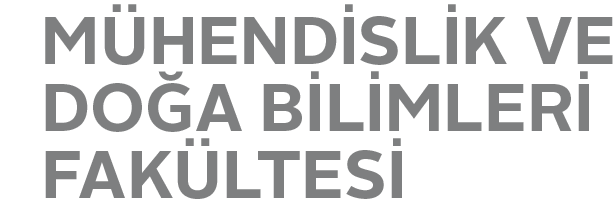MODELING AND PATH PLANNING OF CUSTOMIZED WOUND MATRIX FOR
BIOPRINTING
Ezgi Küçükdeğer
Industrial Engineering, MSc Thesis, 2017
Thesis Jury
Assoc. Prof. Bahattin Koç (Thesis Advisor),
Assoc. Prof. Selim Balcısoy,
Prof. Gözde Ünal
Date & Time: 01/08/2017 & 10 AM
Place: FENS L065
Keywords : wound healing scaffolds, surface reconstruction, cross-sections, curve matching, scaffold modeling
Abstract
Chronic wounds, including pressure and diabetic ulcers, constitute enervating and expensive health care problem as they have a considerable socio-economic impact worldwide. As it may take several months for the healing of chronic wounds, to improve wound healing, 3D bioprinting has emerged as a flexible tool in regenerative medicine to address the challenges of current treatment methods such as the risk and expense of surgery, donor site morbidity, infection and host rejection. Bioprinting fabricates customized biological constructs by depositing living cells, biomaterials and growth factors layer-by-layer based on a computer-aided-design (CAD). However, the data obtained by various imaging methods such as computed axial tomography (CAT), ultrasound, and nuclear magnetic resonance (NMR) provides a series of two-dimensional cross-sections. The main problem is to reconstruct the 3D surfaces from two-dimensional contours.
In this study, a new algorithm is proposed to regenerate the wound surface from planar cross-sections and resulting CAD model can be used in wound measurement and patient-specific porous scaffold generation for 3D bioprinting. The proposed method generates smooth and non-twisted G2 continuous NURBS surfaces from a set of planar cross-sections satisfying the assumption of higher cross-sections involves the area bounded by lower cross-sections. Also, homogeneous porous scaffolds and three-dimensional bioprinting path planning are developed based on the resulting wound surface by using the developed script.
The proposed algorithm provides more visually pleasing surfaces for complex wound geometries, compared to two commonly used methods: curve lofting and swept surface generation. The developed algorithm approximates smooth and non-twisted surfaces on the cross-sections with sudden changes in shape, sharp edges and multiple branches.

